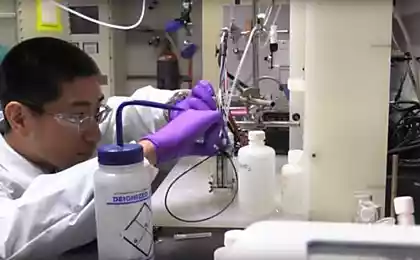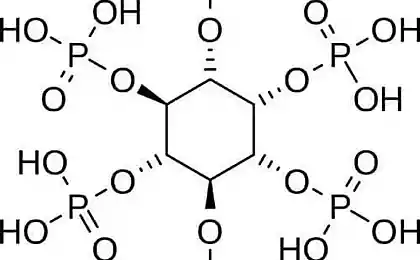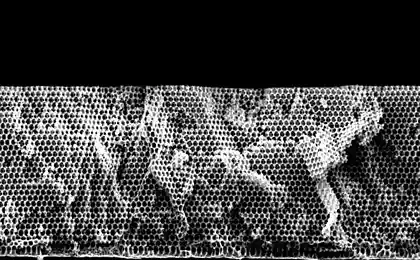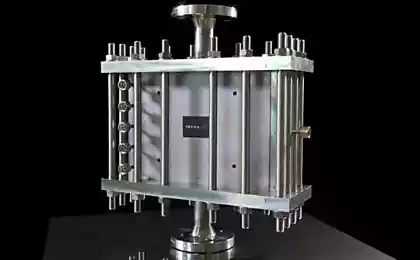152
Electrochemical cell produces formic acid from CO2
The problem of increasing emissions of carbon dioxide can be solved in three ways: the use of alternative energy sources with low or no harmful emissions at all, carbon capture and storage (CCS) in special storage (mainly underground), capture and processing (for example, in fuel, etc.).
Researchers at Princeton University say they have developed a technique that combines two of three ways by using solar energy to convert carbon dioxide into formic acid.
Using electricity from a commercial solar PV plant supplied by Public Service Electric and Gas (PSE&G), researchers in the lab of chemistry professor Andrew Bocarsly at Princeton University, working with researchers at Liquid Light Inc., New Jersey, have been able to convert a mixture of carbon dioxide and water into formic acid (HCOOH) in an electrochemical cell.
The electrochemical cell consists of simple parts produced by machining, contains fluid passage channels enclosed between metal plates, and is the size of a standard breakfast box. Substances are placed in the cell and a load is applied to it, which increases until the process taking place inside the device reaches the target reaction level.
By optimizing a process known as resistance matching, the team achieved equalizing the power generated by the solar panel with the power the cell can sustain, leading to maximizing system efficiency.
According to the scientists, they managed to achieve an efficiency of 2% by combining three electrochemical cells. This, they say, is twice as efficient as the natural process of photosynthesis in plant tissues and the best efficiency for a man-made photosynthesis system.
The formic acid contained in the venom of ants, at the moment has a very wide application - as a preservative and antibacterial substance in livestock feed, in the form of a salt of formic acid as an anti-icing agent for runways in airports. It also has the potential to store the energy produced inside fuel cells.
This method has something in common with the artificial photosynthesis system developed by electronic giant Panasonic. However, the system of the Japanese corporation, the principle of operation of which is based on the use of hydrogen obtained by separation of water using a nitride semiconductor to produce formic acid, has an efficiency of only 0.2%.
from blogs.princeton.edu
Source: facepla.net























